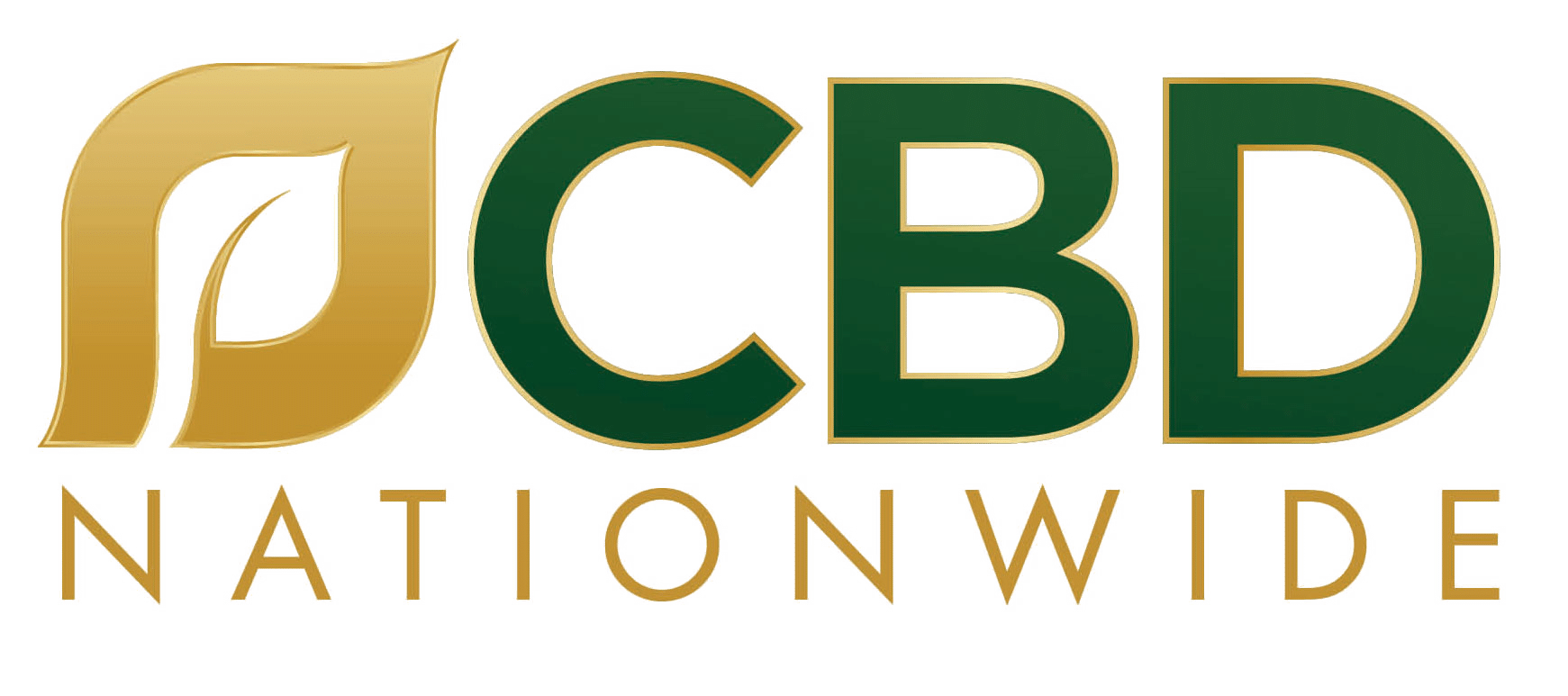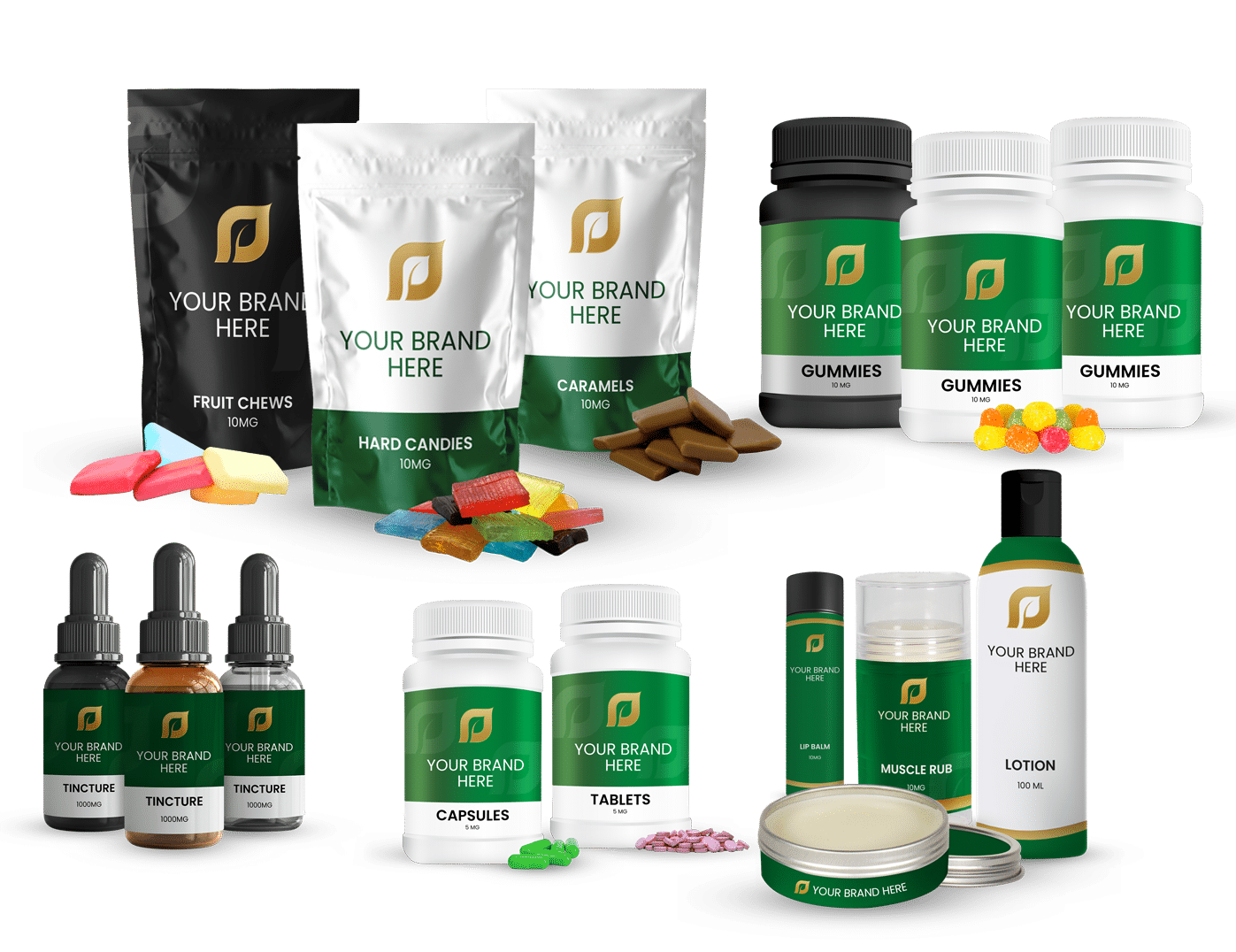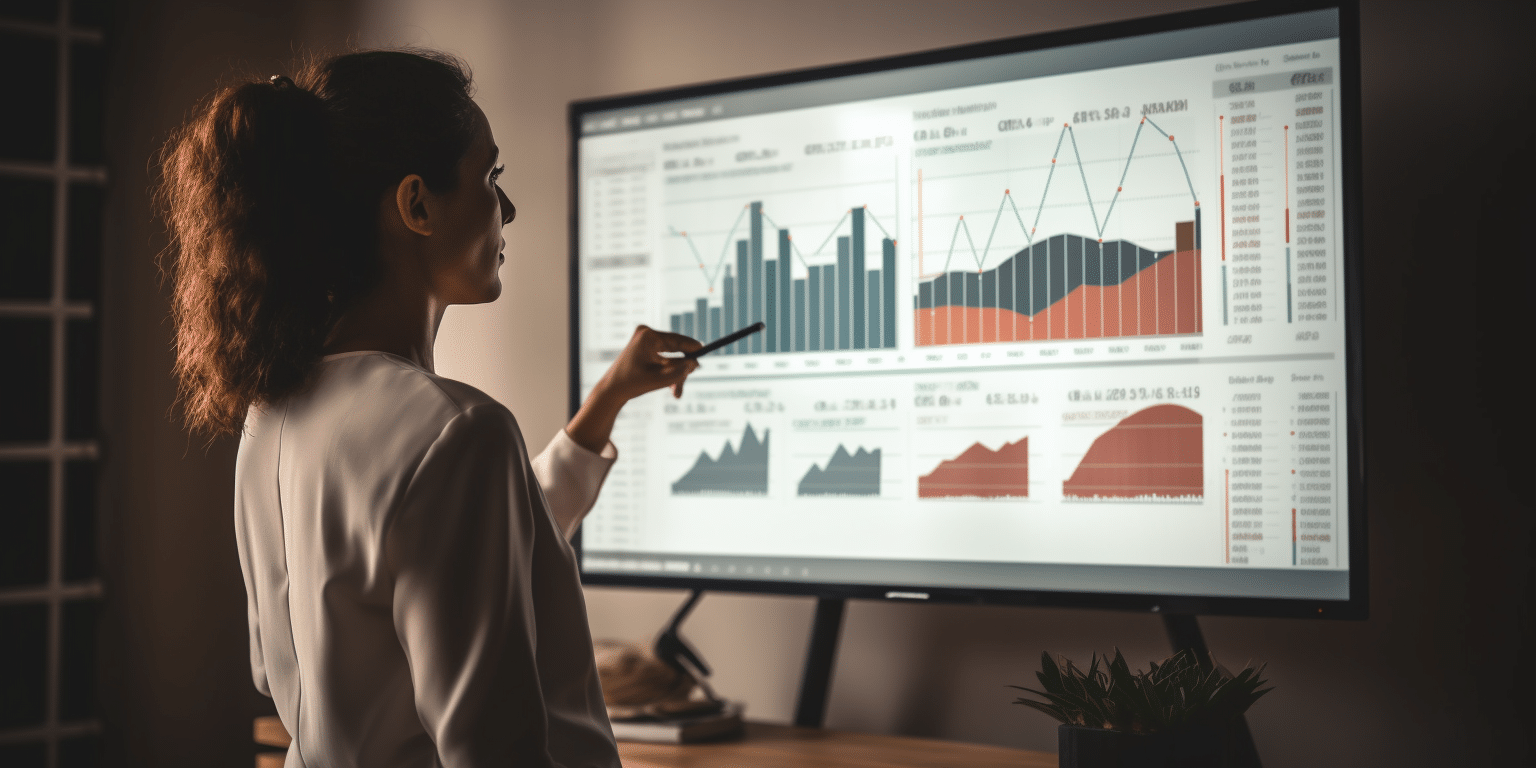Private label businesses have evolved from being viewed as low-quality alternatives to significant market players, yet they face challenges such as fluctuating success with economic conditions and consumer loyalty to national brands.
Table of Contents
ToggleThe World of Private Label Businesses
Private label businesses have evolved from being seen as low-quality alternatives to now being key players in the market, capturing significant market share and customer preference, although their success fluctuates with economic conditions and they face challenges such as consumer loyalty to national brands.
What Is The Private Label Businesses?
Let’s talk about private label businesses. You might know them as store or own brands, but whatever you call them, they’re everywhere. Picture your local grocery store – those products that carry the store’s name instead of a nationally recognized brand? That’s private label.
Once upon a time, these were the underdogs, seen as low-quality alternatives to big brands. But times have changed. Nowadays, they’re serious contenders, grabbing considerable market share and winning over customers.
Private Labels: Disruptors or Just Another Trend?
When it comes to private labels, things are getting quite interesting. In the U.S., private labels are beating even the strongest national brands in 77 out of 250 supermarket product categories.1 And if they’re not king, they’re still coming in second or third in another 100 categories.
But here’s a fun fact: their success seems to ebb and flow with economic tides. For instance, when the economy took a hit during the recession of ’81-’82, private-label sales peaked at an impressive 17% of total sales! Although it dropped to 14.8% by ’94, that’s still far from insignificant.
On average, over the last two decades, private labels have made up around 14% of U.S. dollar supermarket sales – hardly a small chunk! This upward trend is powered by better and more consistent quality than ever before.
Moreover, more than half of U.S. manufacturers who create branded consumer goods also manufacture private-label goods – a smart move to seize every possible opportunity in the market.
However, despite these grand numbers, U.S. supermarkets only average about 15% of their total sales from private labels contributing just 2% to pretax profits from all sales. Over in Europe though, supermarkets like Sainsbury’s and Tesco generate over half their sales from private labels while banking around 7% pretax profits.
What could be behind these disparities? Market structure differences between regions could be one reason; for instance, no single operator in the U.S. owns more than 6% of national supermarket sales while five chains control an astounding 62% in the UK!
And let’s not forget – private labels aren’t just ruling supermarkets alone. They’ve got a solid foothold in mass merchandisers too. In ’94 they made up nearly 9% of total sales which skyrocketed to almost double at 39% for some categories like soft drinks by today.
Yet despite this growth spurt, many consumers still lean towards national brands due to the comfort and perceived value they offer. A survey back in ’94 by DDB Needham found that six out ten consumers preferred national brands.
Similarly, according to Roper Starch Worldwide survey data shows about half of packaged-goods buyers already know what brands they want before they step into a store – up slightly from two years prior.
So what does this all mean? Well, it paints a picture of mixed signals – booming growth on one side but lingering preference for national brands on the other – making it clear that while private labels present lucrative opportunities for retailers and manufacturers alike; they also come with their own set of hurdles that need careful navigation for true success.
The Profit Potential of Private Label Brands
The COVID-19 pandemic has significantly increased the market share of private-label brands due to their availability and cost-effectiveness, while a focus on quality and brand narratives has positively influenced their perceived quality among consumers. This upward trend in profitability is causing many businesses to consider launching a private label brand.
How The Pandemic Boosted Private-Label Brands
Hello, budget-conscious shoppers and market mavens! Here’s an intriguing spin on the COVID-19 crisis – it inadvertently gave a massive boost to private-label brands’ market share.2
As the pandemic panic hit high gear, popular consumer-packaged-goods (CPG) brands vanished from shelves, prompting shoppers to pivot towards private-label alternatives. These lesser-cost alternatives were not only readily available but also offered an alluring price point amidst economic uncertainty. Talk about a win-win situation for retailers, as these private labels usually promise higher profit margins!
The Rise of High-Quality Private Labels
It’s not just about saving pennies anymore; we’re in the midst of a private-label quality revolution! Once considered ‘generic,’ premium private labels are now gaining a dedicated fan base, becoming instrumental in fostering customer loyalty.
Here’s a fun fact to chew on: Nearly 40% of US consumers have ventured into trying new products or brands since the pandemic started.3 A survey involving over 2,000 US grocery shoppers revealed that almost one-fifth admitted to purchasing more private-label products during the COVID-19 crisis than before. Almost half the consumers switched due to price advantages, while others did so because their preferred national brands were MIA.
Premium Private Labels Shake Up the Game
Imagine if some premium private labels exist simply because a vendor could manufacture a product at lower costs and higher profit margins than national brands? That’s right! These premium private labels present retailers with an opportunity to turn this temporary switch into enduring customer loyalty.
Private Labels Venturing into New Territories
Private labels are pushing boundaries by entering uncharted categories. Moving beyond just price and shelf placement, top retailers are crafting brand narratives on their packaging that not only catch shoppers’ eyes but also communicate the brand’s functional benefits.
But it doesn’t stop there! Retailers’ private-label strategies significantly impact design and sourcing decisions. Armed with valuable consumer insights from across different brands, they hold an upper hand in identifying customer trends and preferences which often escape individual CPG manufacturers.
Retailers employ diverse operating models – some centralized with dedicated resources, others decentralized with merchandising teams controlling most of the strategy execution. Centralized teams play pivotal roles at initial stages of private-label development and in mature markets where they manage diversified brand standards and innovation pipelines.
In essence, next time you’re out shopping, don’t bypass those store brands – they’re making a significant splash in the market!
Navigating the Pitfalls and Potential in Private Labeling
The challenges of private-label manufacturing for retailers and manufacturers include dependency on a single manufacturer, limited accessibility, higher costs due to customization and recurring expenses, hidden costs such as design and marketing expenses, minimum order requirements, perceived lower quality, while the benefits include higher returns due to product exclusivity, control over production and pricing, enhanced brand image, and less competition.
The Balancing Act of Private Labels
Private labels, or unique products marketed under a retailer’s own brand, seem like a lucrative option. They offer a refreshing alternative to familiar international brands. However, over-reliance on private labels can be risky business.
Imagine this: a retailer’s entire inventory comes from one manufacturer. If that manufacturer hits a snag—say, a late delivery or product defect—the retailer’s financial health takes a hit.
International brands have the means to cast their net wide across multiple retail spaces. Private labels? Not so much. They’re often confined to their own stores, making them less accessible to customers.
The Private-Label Paradox for National-Brand Manufacturers
When it comes to manufacturing private labels, manufacturers often feel like they’re stuck between a rock and a hard place. On one hand, there’s an exciting array of products—from electronics to skincare—that could be profitable with the right demand, competition and cost analysis.
On the flip side, private labeling usually costs more than drop-shipping or reselling products due to recurring expenses like labor and raw materials. Plus, there’s the added sting of customization fees before your unique packaging and logo can grace the product.
Scary? Yes. But those who dare often reap higher returns thanks to the exclusivity of their products.
Uncovering the Hidden Costs of Private-Label Manufacturing
Private-label manufacturing isn’t all sunshine and rainbows; there are hidden costs lurking in the shadows. You’ve got design costs for your logo and packaging, marketing expenses for things like advertising and sponsored ads—all these extras can make your budget balloon.
Also, suppliers may impose a minimum order quantity before customizing your product to fit your private label requirements. And those free samples you were banking on? They might come with a price tag too.
Despite these hurdles, many businesses still find private labeling worthwhile. With control over production and pricing that yields favorable margins, companies can bolster their brand image while sidestepping competition.
But hold on—the customer is king here. Because they’re typically cheaper, private label products are often viewed as lower quality than branded ones. Overcoming this perception requires strategic marketing and rigorous quality assurance.
Like any business endeavor, understanding the potential pitfalls is key before plunging into the world of private-label manufacturing.
Tracing the Consumer Path to Private Labels
The increasing popularity of private labels among consumers is due to their improved quality, more affordable pricing in a strained economy, and the diverse range of options available, while retailers can ensure long-term loyalty towards these labels by maintaining high product standards, offering great value for money, and providing an exceptional shopping experience.
Why are Shoppers Flocking to Private Labels?
Welcome to the dizzying spinning top of consumerism where an intriguing shift is underfoot. Faithful followers of tried-and-true brands are switching teams, lining up behind private labels. But what caused this seismic shift? Let’s plunge into the depths of this mystery.
First off, let’s dispel a myth: private labels are no longer synonymous with second-rate goods. Those days have been consigned to history. Today, you could stumble upon a gourmet-worthy steak boasting a store’s own brand. This evolution has catapulted private labels from anonymity into the consumer spotlight.
Secondly, nothing tugs at the heartstrings quite like a well-padded wallet. In our precarious economic climate, every dime matters – and the dimes saved by shopping private labels matter most.
Lastly, the explosion in private label popularity could boil down to something as fundamental yet powerful as choice and diversity. A feast of options at varying quality levels and prices under one roof? It’s little surprise consumers are trading old loyalties for this exciting new frontier.
How Retailers Can Harvest Long-Term Loyalty from the Private Label Boom
It appears we’re witnessing a mass exodus to the land of private labels. But how can retailers ensure this isn’t just a fickle phase but instead a solid foundation for lasting loyalty? The answer could be distilled into three potent words: quality, value, and experience.
Quality isn’t just king; it’s the entire kingdom. Retailers must obsess over ensuring their private labels not only meet but exceed customer expectations. That implies investing hefty sums in product development and rigorous quality assurance checks.
Next in line is value. To transform fleeting visitors into loyal customers, retailers must deliver irresistible bang for their buck. Striking that golden balance between competitive pricing and high standards is key to building a devoted customer base.
But let’s not forget – shopping isn’t just about items on a shelf; it’s an experience too. By rolling out exceptional customer service and cultivating an enjoyable shopping atmosphere, retailers can convert casual shoppers into devoted fans who’ll reach for their private label products time after time.
In essence, the rise of private labels is more than just a blip on the radar; it’s a dramatic shift in consumer behavior that astute retailers can leverage with smart strategies.
Crafting a Winning Private Label Brand
The Amazon Private Label Strategy involves registering a brand with Amazon, creating a unique value proposition through market research and product differentiation, and developing engaging product listings, but promises higher profit margins and superior quality, with effective cost management and strategic planning being crucial for success.
Decoding the Amazon Private Label Strategy
In 2022, over 2 million sellers on Amazon embraced the private label business model, making up more than 40% of all sellers.4 This huge leap from just about 1 million in 2016, signals the shift from private label being an option to becoming a necessity.
To embark on this profitable journey, you’ll need an Amazon-registered brand. It’s like a golden ticket granting access to A+ Content (a fancy term for Enhanced Brand Content), allowing you to jazz up your product listings with multimedia content. The best part? You’re the captain of your ship – creating and shaping your own brand without boundaries.
Creating a Unique Value Proposition for Private Labels
What sets your private label apart in the crowded Amazon marketplace is a compelling value proposition. Your first step towards this milestone is market research to pinpoint your product niche and scout reliable manufacturers or suppliers who can translate your vision into reality.
The cherry on top? Sourcing products directly slashes costs compared to reselling others’ branded goods. Differentiation is the name of the game in private label selling, hence the need to weave unique product tales that captivate potential customers.
Messaging, Marketing, and Packaging
Once you’ve got your products lined up, it’s time to charm buyers with engaging product listings on Amazon. A professionally captured and edited photo, costing roughly $75, can speak volumes about your product’s quality and value. However, don’t forget that launching an Amazon private label business isn’t exactly pocket change – it requires an initial investment of around $3100 as of 2023 plus $39.99 for an Amazon Professional Seller account and extra fees per sold item.
While it’s true that private labels often carry heftier price tags than wholesale products, they usually offer superior quality and promise higher profit margins. But remember: juggling costs effectively is vital as manufacturers typically demand bulk orders and may set minimum order requirements higher than what you’re used to.
Keep in mind that inventory storage, fulfillment, return processing, unplanned services – all these come with additional fees on Amazon. But with strategic planning and execution – and a budget around $10k – you’re well-positioned to cultivate a profitable private label brand that brings returns far surpassing your initial investment. Now that’s something worth setting sights on!
Achieving Peak Performance in Your Private Label Venture
Achieving success in private label retail involves strategic product design and sourcing, meticulous market research, curated assortment of products for cross-selling and upselling, smart pricing of low-cost and simple items, and securing trademark protection for your brand.
Creative Product Design and Strategic Sourcing: The Secret Sauce of Private Label Success
In the world of private labeling, we’re taking the age-old game of “finders keepers” up several notches. Picture this: identify products already in high demand by consumers, infuse your distinct branding, then sell them as your freshly minted offerings! It’s like giving a well-known celebrity a dazzling makeover, then watching them steal the show (or market) with increased profit margins.
However, it isn’t just about slapping on an attractive logo or stylish packaging. The real wizardry is in the product design and sourcing phase where your creativity can truly shine. Depending on how flexible your chosen private label suppliers are, you might be able to request bespoke modifications that make your brand stand out like a beacon at a midnight bash.
Transitioning to private labeling isn’t all about popping champagne bottles; it closely resembles hosting the party itself. It requires diligent groundwork.
Prior to diving into private labeling, validate your business concepts through meticulous product and market research using digital tools. Dip your toes in the water by selling a few products on your existing store to gauge their potential success under a private label.
Curated Assortment and Smart Pricing
Enter the realm of assortment – imagine it as curating the spread for your soiree. A wider range of compatible products offers opportunities for cross-selling and upselling, thereby boosting each customer’s average order value. Thoughtfully planned product line extensions can ensure that your private label business matures elegantly like a fine vintage wine.
If you’re navigating the uncharted waters of private label retail, here’s an insider tip: opt for items that are inexpensive and simple to manufacture en masse. Compact, lightweight goods are prime candidates because they’re more economical to package and ship – think tasty hors d’oeuvres over extravagant five-course meals – lighter on the wallet but equally gratifying.
Be mindful, though; hosting this ‘private label extravaganza’ necessitates substantial upfront financial investment for procuring products, fulfilling minimum order quantities (MOQs) set by suppliers, handling legal documentation, etc. Therefore, it’s advisable for seasoned entrepreneurs with high-demand products or those ready to take their business to new heights.
Don’t let these expenditures deter you! With private labeling streamlining brand identity building (even amidst numerous vendors peddling similar items), you command more influence over your branded store’s trajectory. So secure that trademark protection against infringement lawsuits while you’re at it because it’s time to rock the marketplace!
The Dawn of Private Labels
The growth of private labels has been positively impacted by the pandemic, and retailers are promoting these brands through strategies such as celebrity partnerships, enhanced packaging designs, quality improvements, and the introduction of new owned brands across various categories.
Will the Post-Pandemic Private Label Boom Continue?
Remember 1995? It was the year when a particular retail titan took the leap of faith and launched its first self-owned food brand, Archer Farms. Starting with just pantry basics – bread, milk, pasta, and bottled water – it set the stage for what would soon become a flourishing empire of private labels, or owned brands as they’re often known.
Fast forward to today, and this retail behemoth boasts an impressive 48 private labels under its belt, with 10 of them each valued at a staggering billion dollars.
Just in Q1 2021 alone, this retail powerhouse snagged a cool $1 billion market share.5 Its private labels experienced a phenomenal growth of 36% during this period – marking the retailer’s strongest growth ever. This raises an intriguing question: Can we expect this trend to persist once we’ve put the pandemic behind us?
Retailers sure think so! They’ve been forming alliances with celebrities and well-known brands to launch their own private labels, while others have focused on enhancing packaging designs or improving product quality.
Let’s revisit our earlier example. This retailer has cleverly capitalized on its “affordable yet stylish” reputation by launching private labels across all hot categories – food, fashion, you name it. In 2018 alone, it introduced eight new owned brands to its already extensive portfolio.
In 2017, it took things up a notch by rolling out a slew of private label brands designed to play into its “affordable yet stylish” image. Over two and a half years, it launched more than 30 private labels! And it’s not alone in this venture – another retailer plans to introduce at least eight private labels in different categories within the year.
The company is optimistic about these owned brands’ future sales penetration – ambitiously aiming for a jump from just 10% to an impressive 30% in three years.
But it’s not all plain sailing in private-label land. Launching a new brand can come with potential risks like capital waste and investment in product design. Plus there can be backlash from brand partners if the product appears too competitive.
For traditional merchants struggling with unsold stock, there’s often room to negotiate returns on some products. But with private labels – retailers are essentially bearing all the risk themselves; any losses due to poor sales fall squarely on their shoulders.
Despite possible hiccups, recent trends suggest that consumers are increasingly drawn towards private labels. The latter part of 2020 saw a significant surge in budget-conscious shoppers – doubling in numbers!
At the same time, sales of private label products rose by a commendable 11.6% across major retail channels last year – hitting an astonishing $158.8 billion! History tells us that store brands typically see increased appeal during periods of rapid inflation as price-conscious consumers look for affordable alternatives when wages can’t keep up with price hikes.
Certainly there are still those loyal to name brands over private labels but overall emphasis on name brands is waning while curiosity towards new products is increasing.
So will the boom continue post-pandemic? If current trends hold up, it seems like private labels aren’t just a passing fad but here for good!
References
- https://hbr.org/1996/01/brands-versus-private-labels-fighting-to-win
- https://www.forbes.com/sites/louisbiscotti/2020/11/23/private-label-soars-during-pandemic-battling-brands/?sh=e09ac5e2b712
- https://www.mckinsey.com/industries/retail/our-insights/the-potential-for-powerhouse-private-brands-an-updated-view
- https://eva.guru/blog/amazon-private-label-guide/
- https://www.retaildive.com/news/target-shaped-private-labels-into-powerhouse-brands-now-others-want-to-do/609762/





